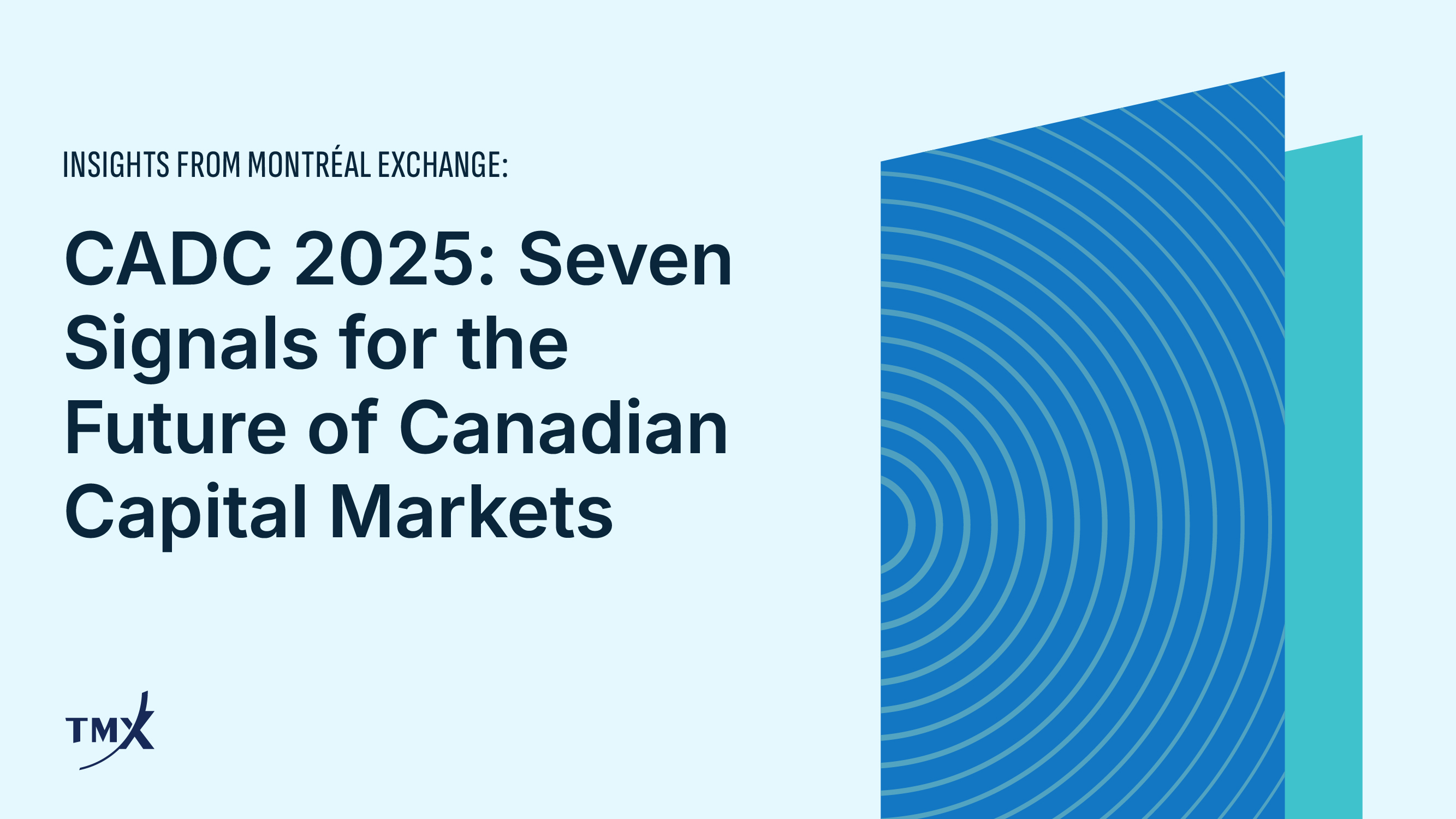Canadian Yields Could Underperform US Yields
There has been a palpable shift in global central bank policy in recent months. Suddenly, central banks have given up the notion that inflation is transitory and are now outdoing each other in the pace of their hikes. The Bank of Canada is one such example. They started with a 25bp hike in March, switched to 50bp hikes in April and June, and dramatically hiked by 100bps to 2.5% in July (Figure 1). In their statement, they now say that inflation "will likely remain around 8% in the next few months" and that "domestic price pressures from excess demand are becoming more prominent".
To read the entire article, click the button below:




